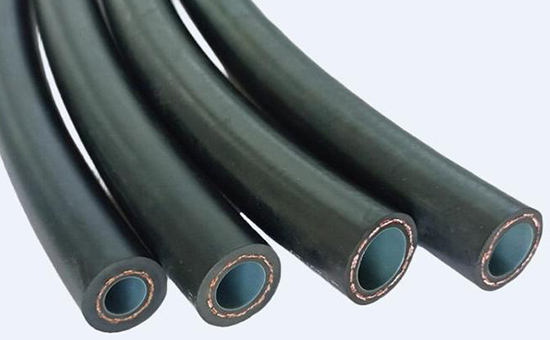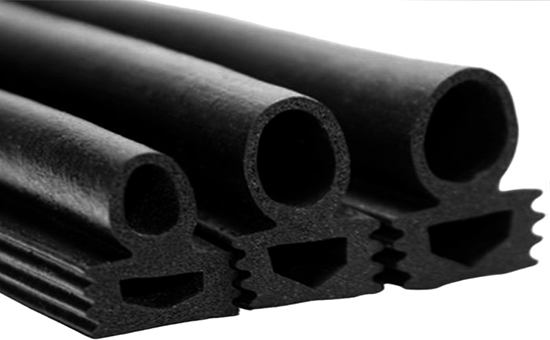EPDM recycled rubber is made from waste EPDM rubber and discarded EPDM rubber products as raw materials. It undergoes choices, crushing, desulfurization, refining, and other processes to produce the final product. It retains the basic performance characteristics of EPDM rubber and can replace a certain proportion of virgin EPDM rubber in the production of various rubber products, thereby reducing costs. In actual production, the rubber content affects the overall performance of the products. As a recycled rubber resource, does EPDM recycled rubber have a high rubber content?
When producing rubber products using EPDM recycled rubber to replace virgin rubber, the higher the rubber content, the better the product's tensile strength, resilience, and aging resistance. Compared with virgin EPDM rubber, the rubber content of EPDM recycled rubber is not high, generally ranging among 40% and 70%. The quality of the recycled rubber raw material and the production process both affect its rubber content.

1. The impact of the quality of EPDM recycled rubber raw materials on rubber content
The raw materials for EPDM recycled rubber are mainly divided into two categories: one is high-purity EPDM rubber scraps, such as EPDM machine head rubber and uncured EPDM rubber. These materials have a high rubber content, resulting in recycled EPDM rubber with a high rubber content; the other is waste EPDM rubber products, such as EPDM door and window seals and washing machine gaskets, which have a relatively lower rubber content, resulting in recycled EPDM rubber with a relatively lower rubber content.
2. The influence of the EPDM recycled rubber production process on rubber content

When producing EPDM recycled rubber from EPDM headstock, uncured EPDM, EPDM sealing strips, or sealing rings, the EPDM recycled rubber produced using advanced production processes can effectively preserve the molecular structure of the ethylene-propylene rubber, resulting in higher rubber content. For example, using infrared dynamic desulfurization and staged desulfurization processes on waste rubber materials can prevent excessive desulfurization that leads to rubber chain breakage. In contrast, traditional processes (such as the oil method or water-oil method) involve high desulfurization temperatures and long durations, which may cause a decrease in rubber content.
Hongyun Odorless EPDM Recycled Rubber uses EPDM scrap rubber and unvulcanized EPDM rubber as the main raw materials. After sorting and crushing, it is formed through an 80-mesh twin-screw dual-channel filtration process, retaining over 90% of the original molecular weight E5LYY611 and rubber chain structure. The EPDM recycled rubber produced using the patented segmented desulfurization method is odorless, non-migratory, resistant to high and low temperatures, aging-resistant, highly insulating, has a smooth and glossy surface, saves labor and electricity, and features a simple open-mill process. It can be used for extrusion and molding products, and after use by hundreds of rubber companies, the average cost has been reduced by about 20%.

The rubber content of recycled EPDM mainly depends on the quality of the raw materials and the production process. Most EPDM recycled rubber can meet the requirements of general rubber products and is an ideal substitute for expensive virgin EPDM materials. When using recycled EPDM to produce different types of rubber products, it is recommended to choose recycled rubber with appropriate rubber content according to the specific application scenarios of the products (such as high-end automotive parts or ordinary waterproof membranes), in order to reduce raw material and production costs while ensuring the quality of the rubber products.
Exclusive original article [commercial authorization] reprint, excerpt and excerpt in any form are prohibited without written authorization. Focus on Hongyun rubber: learn the process formula and raw material technology of producing rubber products from recycled rubber to help you reduce costs and increase profits